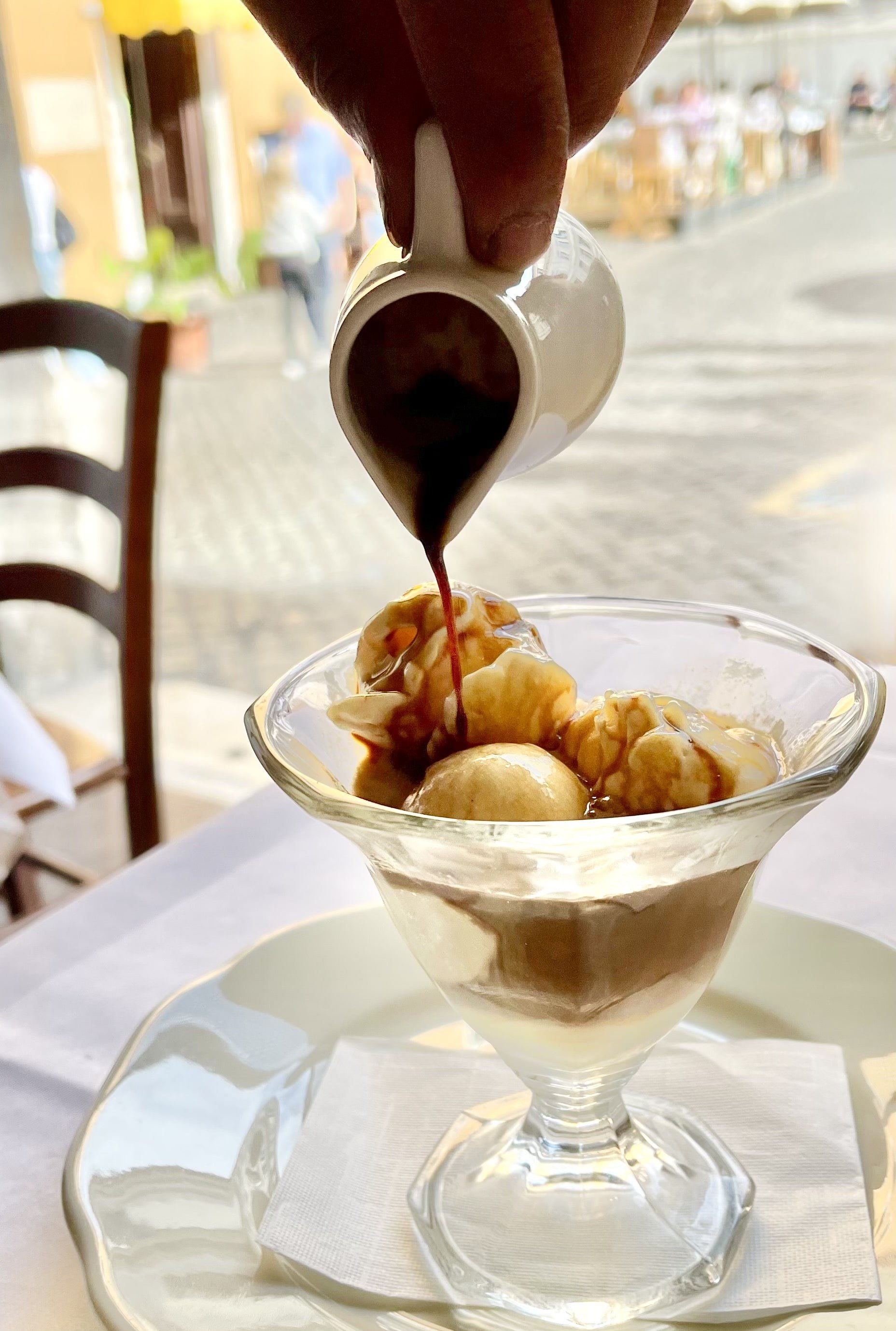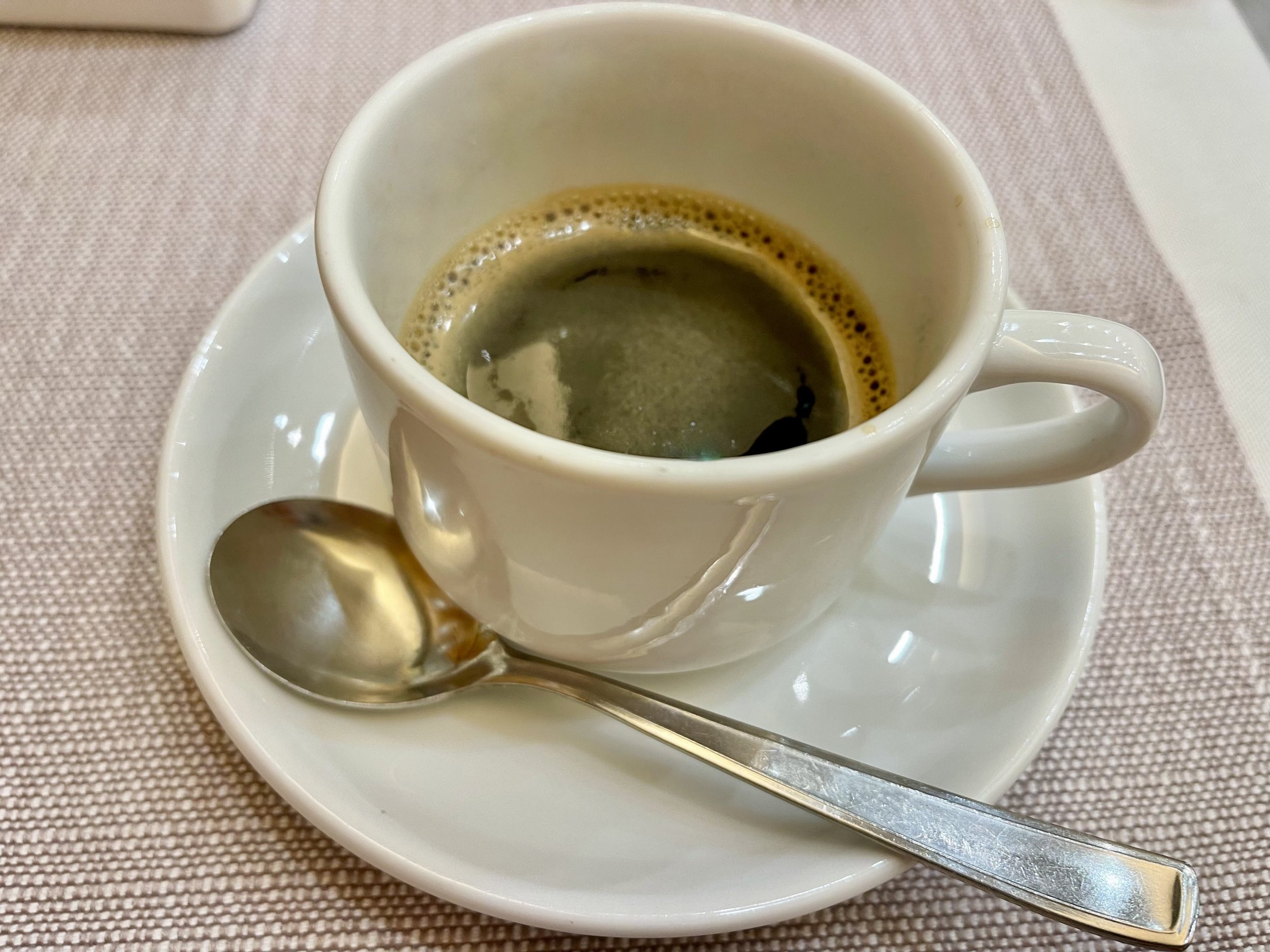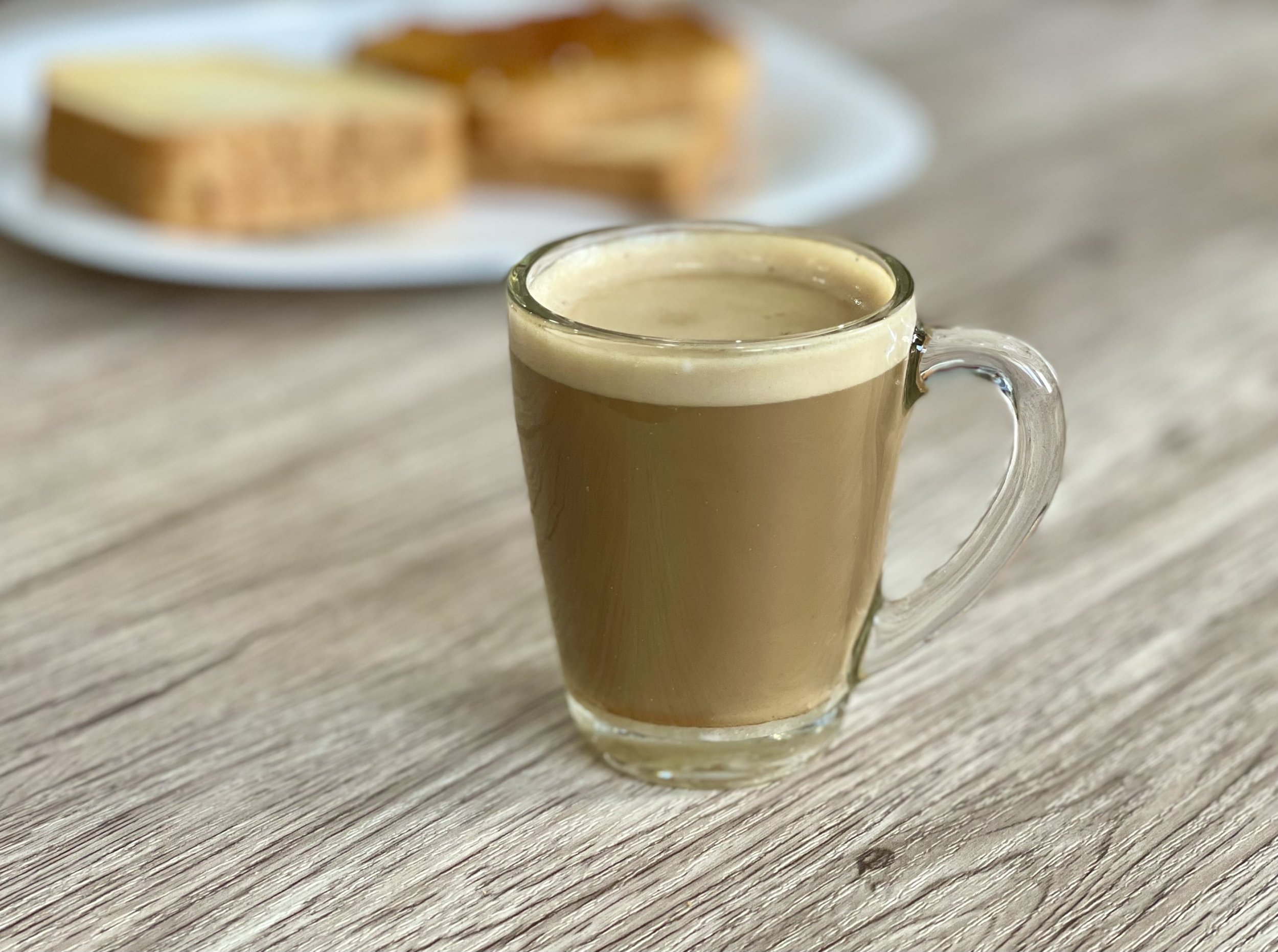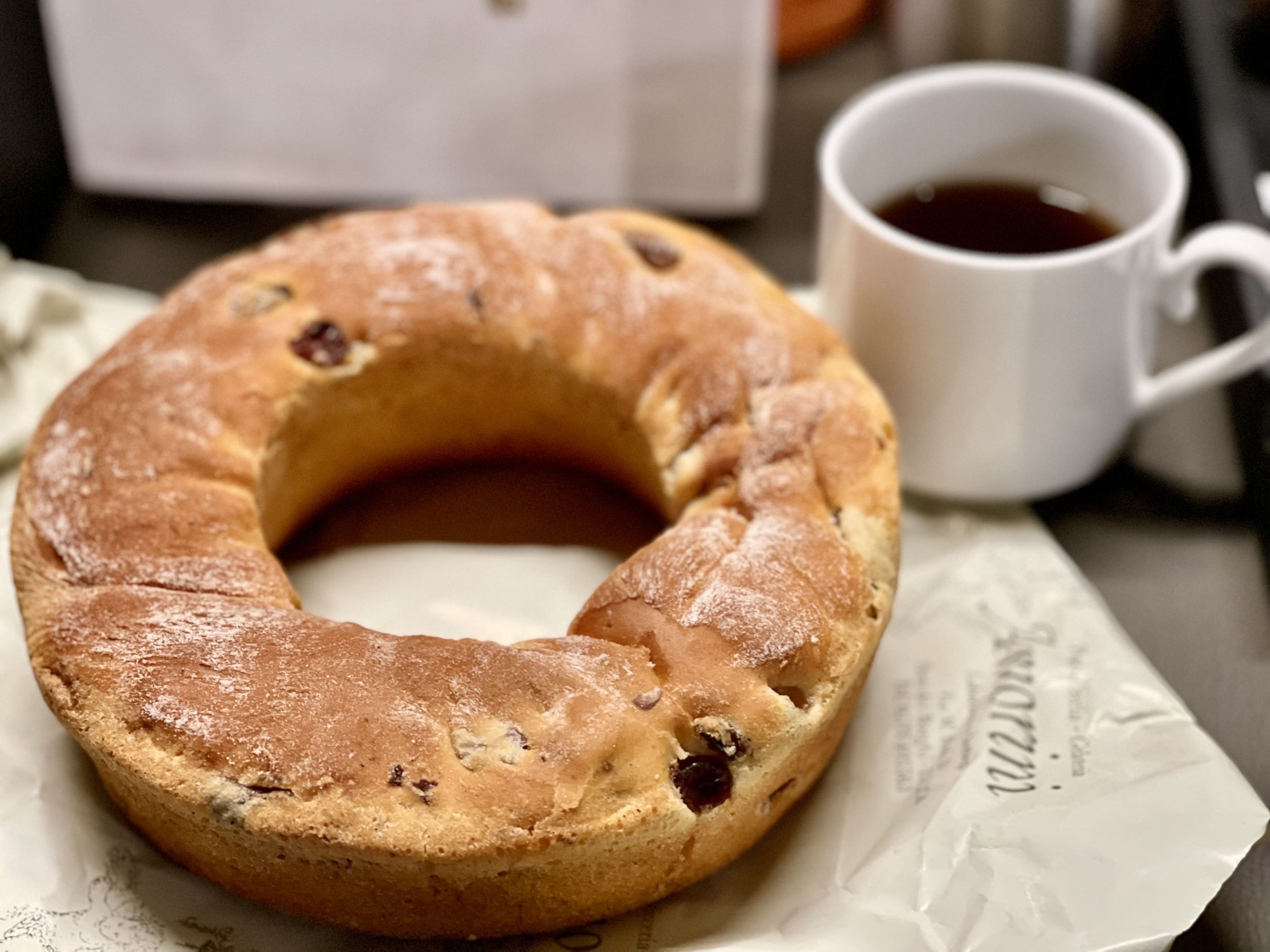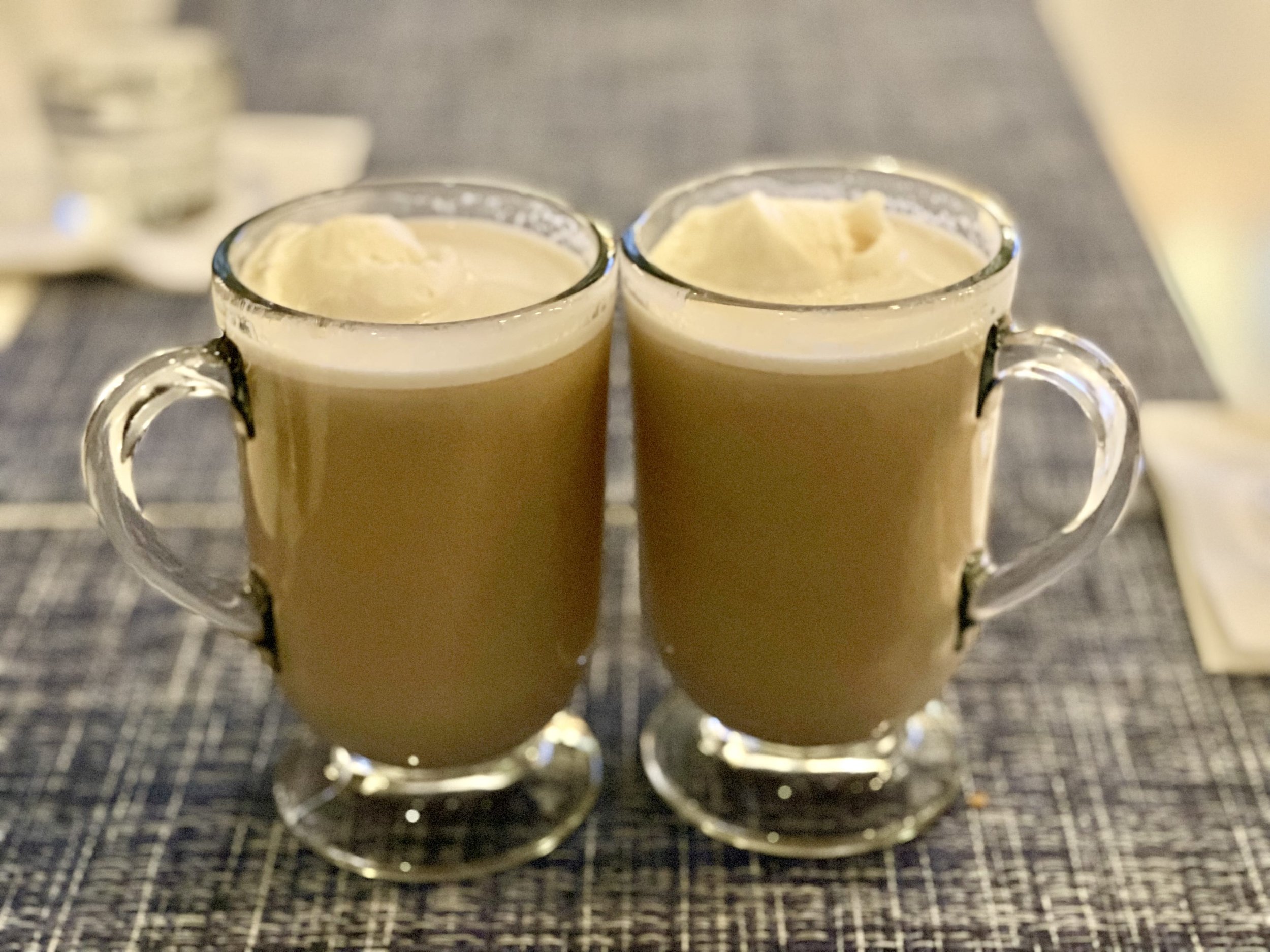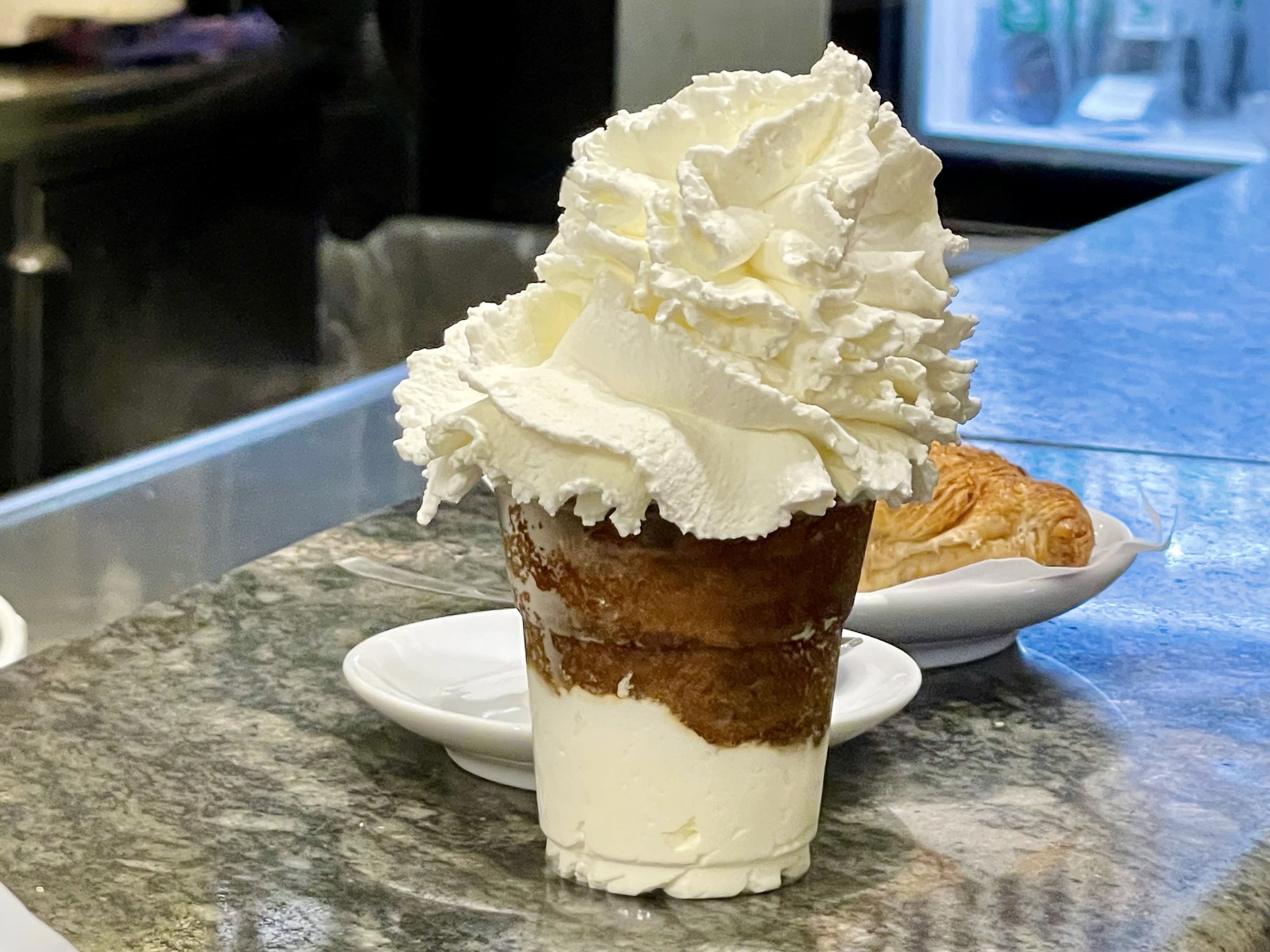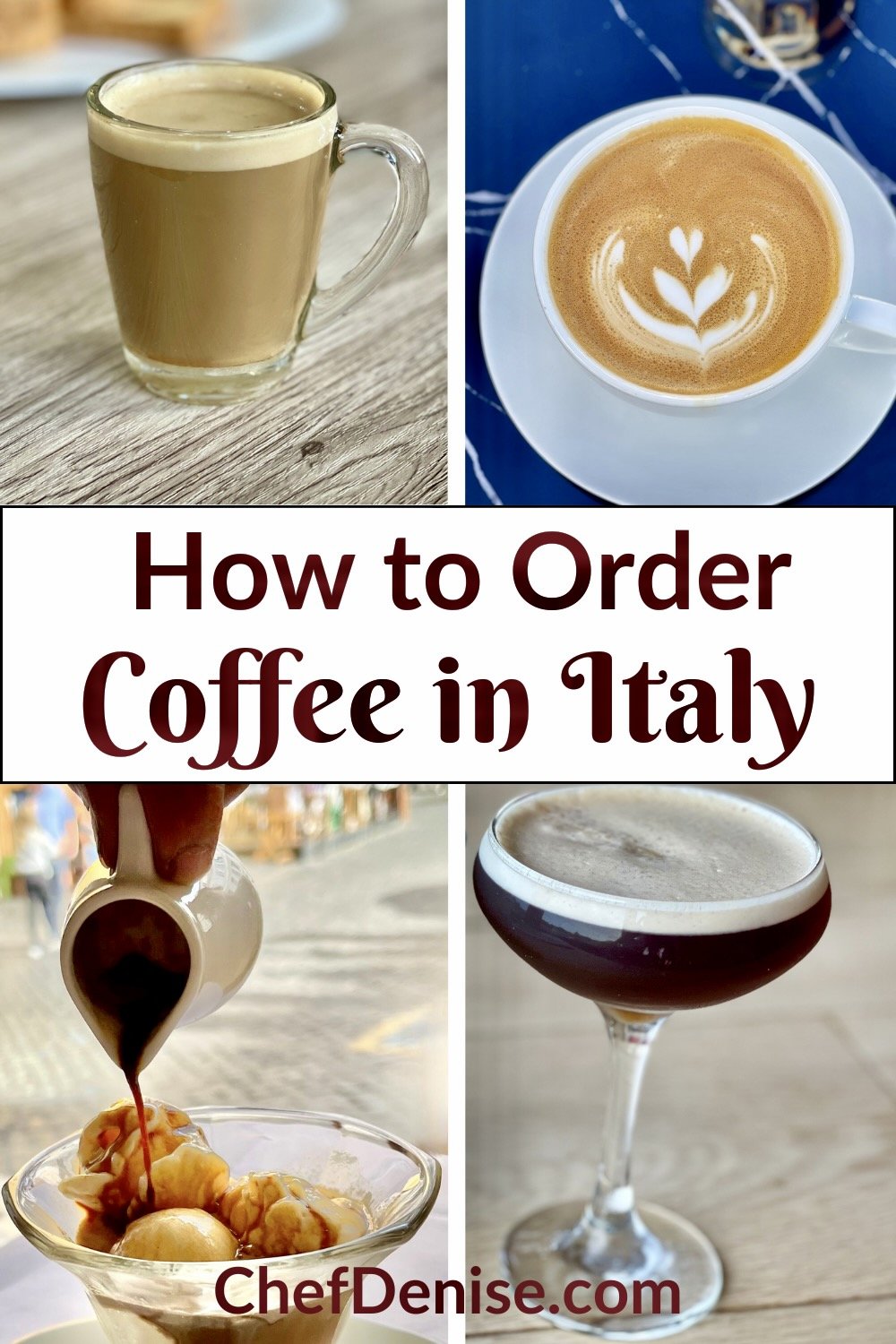How To Order Coffee in Italy: An Expert's Guide
In a country famed for its amazing cuisine, it should come as no surprise that Italians love to engage in other gustatory pleasures as well. Among the most important is coffee.
Italian coffee culture is an integral part of Italian life, and enjoying an Italian coffee experience while visiting this epicurean wonderland is a great way to soak up some local flavor—both literally and figuratively. However, the diversity of coffee choices is not only impressive, it can also be overwhelming.
So, if you’re visiting Italy for the first time, I’m happy to provide you with this crash course on how to order coffee in Italy. I am an Italian-American chef who travels to Italy extensively, and although I primarily come for the cuisine, I love Italian coffee culture as well and am happy to introduce you to it.
Where To Get Your Coffee
Italians love their coffee, and many of them drink it a few times per day—but where? Often at local bars, even for breakfast—but don’t let that surprise you. Unlike American bars, the typical Italian bar serves an array of Italian coffee drinks during the earlier part of the day, and it then offers alcoholic drinks from the afternoon onward.
The rewarding result of knowing how to order coffee in Italy in the morning
Like the average Italian bar, Italian cafés typically serve Italian breakfast pastries in the morning because the typical Italian breakfast is a rather simple affair—a pastry and a coffee being the norm.
It is also most common for Italians to order and drink their coffee at the counter rather than at a table. The Italian coffee break is typically a quick one, and counter service gets the job done while costing less than sitting at a table.
However, if you find yourself in Italy’s capital and want the best selection of pastries and other baked goods, here are the best bakeries in Rome to check out.
How To Order the Type of Coffee You’re Looking For
There are dozens of types of Italian coffee. Here’s a comprehensive rundown on the most popular options.
Espresso, or Caffè Normale
If during your trip to Italy, you were to order un caffè—meaning simply “a coffee”—you would be served the most common coffee in Italy, the Italian espresso.
This is a single shot of espresso in a small espresso cup. Although little, this full-flavored black coffee has a highly concentrated amount of caffeine and thus packs a punch!
An affogato al caffè is a great Italian dessert in which espresso is poured over ice cream.
Caffè Doppio
If one shot is not enough, order un caffè doppio, a double shot of espresso. The doppio espresso not only gives you more coffee to savor, this truly strong cup of espresso is going to provide you with quite the caffeine buzz, so buckle up.
Caffè Ristretto
This shot of coffee is made from the same amount of coffee beans used in an espresso, but it contains less water—only about half as much. This results in a coffee that has a more concentrated flavor than an espresso with the same serious caffeine fix.
Espresso is the most popular coffee in Italy.
Caffè Lungo
This “long coffee” is more or less the opposite of the caffè ristretto. It’s essentially a shot of espresso with twice as much water as the standard espresso.
Caffè Deca, or Caffè Decaffeinato
You guessed it: You can use either of these terms to order a decaf shot of espresso in Italy.
Cappucicinos in Italy are often as beautiful as they are delicious.
Cappuccino
This cup of coffee is traditionally made with equal parts of layered espresso, steamed milk, and milk foam. It will come in a small cup that is larger than the one used for an espresso but smaller than what you get for a cappuccino ordered in the U.S.
If you want to get fancy, you can order a cappuccino chiaro (KEE-a-row) if you want more milk and less foam. Order a cappuccino scuro (SKOO-row), or “dark cappuccino” if you’re looking for less milk than what’s provided in the classic preparation.
It is also important to note that in Italy, cappuccino is generally only ordered in the morning. Italians believe that milky coffee interferes with digestion, so a cappuccino is not considered an appropriate pairing for meals like lunch or dinner that are much more substantial than the typical Italian breakfast.
Caffè Latte
Similar to a cappuccino, a caffè latte will have hot milk and foam, but the milk is mixed with the coffee rather than layered. Keep in mind, regular whole milk is used. It is still relatively rare to have the option of soy milk, almond milk, oat milk, or coconut milk at an Italian coffee bar or Italian coffee shop.
And be sure to order a caffè latte and not just latte. Latte is the Italian word for milk, and that’s exactly what you’ll end up with if you don’t include the word caffè in your order.
The caffè latte is one of those milky Italian coffees you’re not supposed to order after noon.
Caffè Macchiato
Macchiato is the Italian word for stained. So, caffè macchiato is a coffee “stained” with a dash of milk that is steamed. Since there is just a bit of milk in this coffee, you won’t raise any eyebrows ordering this any time of day.
Latte Macchiato
The latte macchiato is basically the opposite of a caffè macchiato. It is steamed milk “stained” with a shot of espresso. It is often served in a glass so that you can see the artful layering of the milk and espresso elements.
The caffè americano is as close as you’ll get to a typical American coffee in Italy.
Caffè Americano
Before we get too carried away with all the types of coffee available in Italy, we should cover the type of coffee to order if you want an American coffee. The caffè americano is basically a tourist’s coffee whose flavor profile and caffeine punch per volume most closely approximates an American-style coffee.
It is similar to a caffè lungo, but the extra water needed to bring it closer to American style is added after the coffee has been brewed. This coffee will still likely be somewhat stronger than the average American drip coffee made back in the States.
A dollop of whipped cream is a decadent coffee break delight.
Caffè con Panna
If a shot of espresso with a decadent dollop of homemade whipped cream is what you’re in the mood for, this is what you should order.
Caffè Marocchino
This coffee layers espresso, frothed milk, and cocoa powder so that you can indulge your craving for chocolate and tasty caffeine during the same coffee break. This is another coffee that typically comes in a glass so that you can see the layers before you savor them.
The caffè marocchino satisfies your craving for chocolate and coffee all in one cup.
Caffè Corretto
Corretto is the Italian word for corrected, and this coffee drink consists of a shot of espresso that is “corrected” with the addition of some alcohol, typically grappa, brandy, or sambuca.
This coffee is usually enjoyed after dinner. The liquor is either added by the barista or brought to the table in a separate shot glass so that you can mix it into your drink at your own discretion.
My grandparents finished off every one of our big family Sunday afternoon dinners with a caffè corretto, so when in Italy, I end at least a few of my dinners with a corretto to toast to their memory.
A caffè shakerato is a cool way to enjoy a chilled espresso.
Caffè Shakerato
Sure, this sounds like a name made up by someone who doesn’t even speak Italian, but it’s legit. The shakerato is a shot of espresso added to ice and then shaken vigorously until frosty. The frothy result is then poured into a martini glass and served.
The only wrinkle with this refreshing cool-me-down pick-me-up is that it is typically served only in summer.
Granita di Caffè
If you’re a lover of iced coffee drinks, this is for you! This semi-frozen concoction is a delicious Sicilian invention that reminds me of the Italian ices I used to have back in New York as a kid—but as an adult, these are so much better.
Made from strong, sweetened espresso that is repeatedly scraped and stirred during its extended freezing process, coffee granitas develop delicious grainy ice crystals that when fully formed are poured into a glass and topped with a generous dollop of whipped cream.
Still popular in their native Sicily, the granita di caffè can now be found in Rome and other big cities in Italy.
Pro Tip: In Rome, head to La Casa del Caffè Tazza d’Oro for the most delicious version of this Sicilian specialty. To learn more about what specialties to enjoy where in Italy’s capital, check out my article on the 15 best cafes in Rome.
The irresistible granita di caffè at La Casa del Caffè Tazza d’Oro in Rome.
Caffè d’Orzo
I saved caffè d’orzo for last because although it is often described as barley coffee, this drink has absolutely no coffee in it.
It is really a caffeine-free coffee substitute made from ground roasted barley. It is still prepared using an espresso machine, but even to someone like myself who loves barley, this drink is an acquired taste . . . that may not even be worth trying to acquire.
Final Thoughts on Coffee in Italy
Although I might be a touch biased, I know two things that are absolutely true: If you love food, you’ll love Italy, and if you love coffee, you’ll love Italy.
I hope this introduction to the delicious world of Italian coffee helps you better enjoy the panoply of flavors awaiting you on your trip to one of the world’s most delicious destinations. And if your visit includes a stop in Italy’s capital, be sure to check out these amazing activities in Rome perfect for every foodie!


